7 well-known companies that filed for bankruptcy this year
From Claire’s to Rite Aid, big-name brands are seeking Chapter 11 protection as U.S. corporate bankruptcies hit their highest level since 2010.
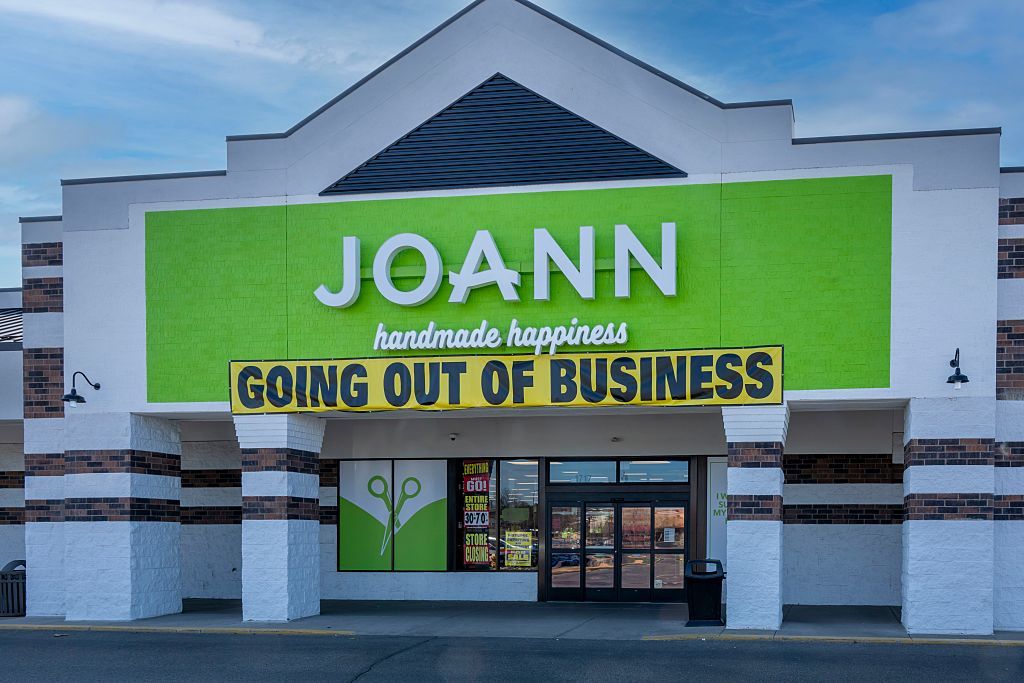
Corporate America is enduring one of its most turbulent years since the aftermath of the Great Recession, with household names across industries seeking court-supervised financial restructuring.
In the first six months of 2025, 371 large U.S. companies petitioned for bankruptcy protection, according to S&P Global — an increase of roughly 11% from 335 in the same period last year. That marks the busiest first half for corporate bankruptcies since 2010, underscoring the pressures facing businesses in a cooling economy. Rising interest rates, shifting consumer habits, heightened competition, and the lingering effects of pandemic-era disruptions have collided to create a perfect storm.
Retailers are struggling with an accelerated migration to e-commerce, while restaurants and hospitality brands are still wrestling with higher labor and food costs. Even companies with strong brand recognition are finding that alone can’t outweigh mounting debt.
This year’s list of notable Chapter 11 filings spans a variety of sectors: mall-staple accessories shops, big-box pharmacy chains, and casual dining brands. In many cases, this is not their first trip to bankruptcy court, showing how challenging it can be to execute a successful turnaround.
While Chapter 11 allows these companies to keep operating while reorganizing debt, what comes next for many of them remains unknown. Many are likely hoping to emerge leaner and more competitive, but may be forced to liquidate entirely or be acquired. What’s clear is that 2025 is proving to be a year of reckoning for established brands once thought too familiar to fail.
Continue reading to see seven notable brands that filed for bankruptcy.
2 / 8
Rite Aid
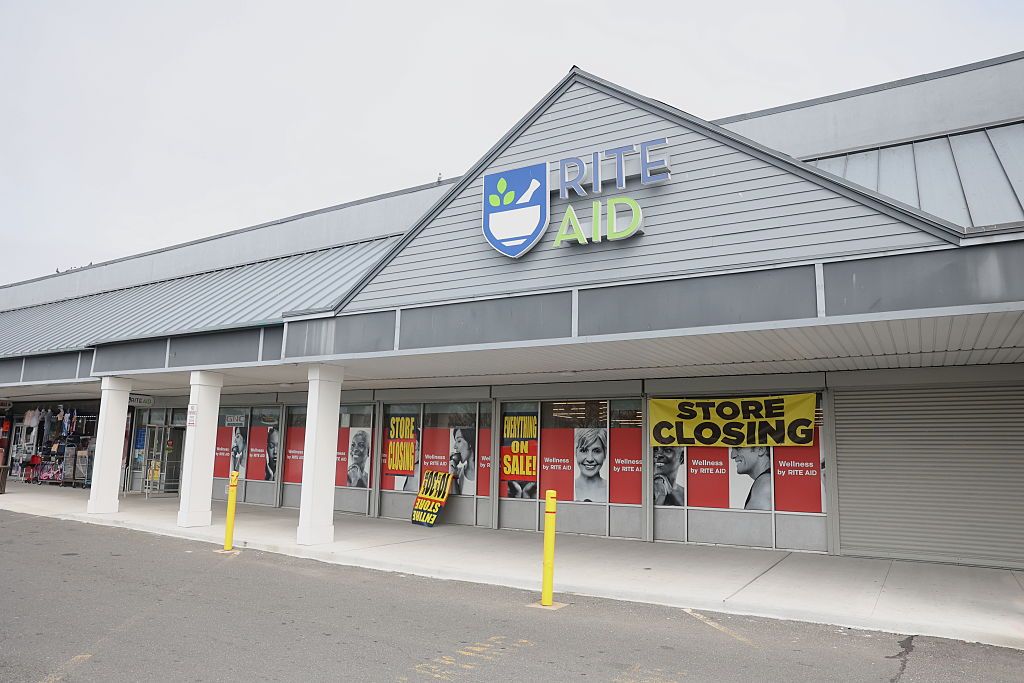
Newsday LLC / Getty Images
Pennsylvania-based Rite Aid, which first filed for bankruptcy in October of 2023, filed for bankruptcy protection again in May.
According to a letter to employees from company CEO Matthew Schroeder, reported by Bloomberg, the company was unsuccessful in coaxing additional funding from lenders to continue operating the business. The letter also warned of job cuts at its corporate office in Camp Hill, Pennsylvania.
Rite Aid sought court protection in New Jersey, listing assets and liabilities between $1 billion and $10 billion on its Chapter 11 petition.
“The dramatic downturn in the economy, potential litigation, and increased costs (including tariffs) from our suppliers and landlords have necessitated employee separations that were unforeseen, as we were actively seeking funding and pursuing several alternative strategic transactions with the hope that this action could be avoided or postponed,” Schroeder said in a statement. He noted that all stores would be closed or sold off.
Kevin Williams contributed to this article.
3 / 8
Claire’s

Mike Kemp / Getty Images
Claire’s filed for Chapter 11 bankruptcy this August, its second time in the past decade. Citing rising competition from online and fast-fashion retailers, plus lower mall traffic, the store said it couldn’t keep up.
“This decision is difficult, but a necessary one,” Claire’s CEO Chris Cramer said in a statement. “Increased competition, consumer spending trends and the ongoing shift away from brick-and-mortar retail, in combination with our current debt obligations and macroeconomic factors, necessitate this course of action for Claire’s and its stakeholders.”
And tariffs only made matters worse. “A lot of that category is sourced from Asia, and any increase in import costs hits hard when your price points are low and margins are tight," retail analyst Catherine Shuttleworth told the BBC.
4 / 8
Bertucci’s
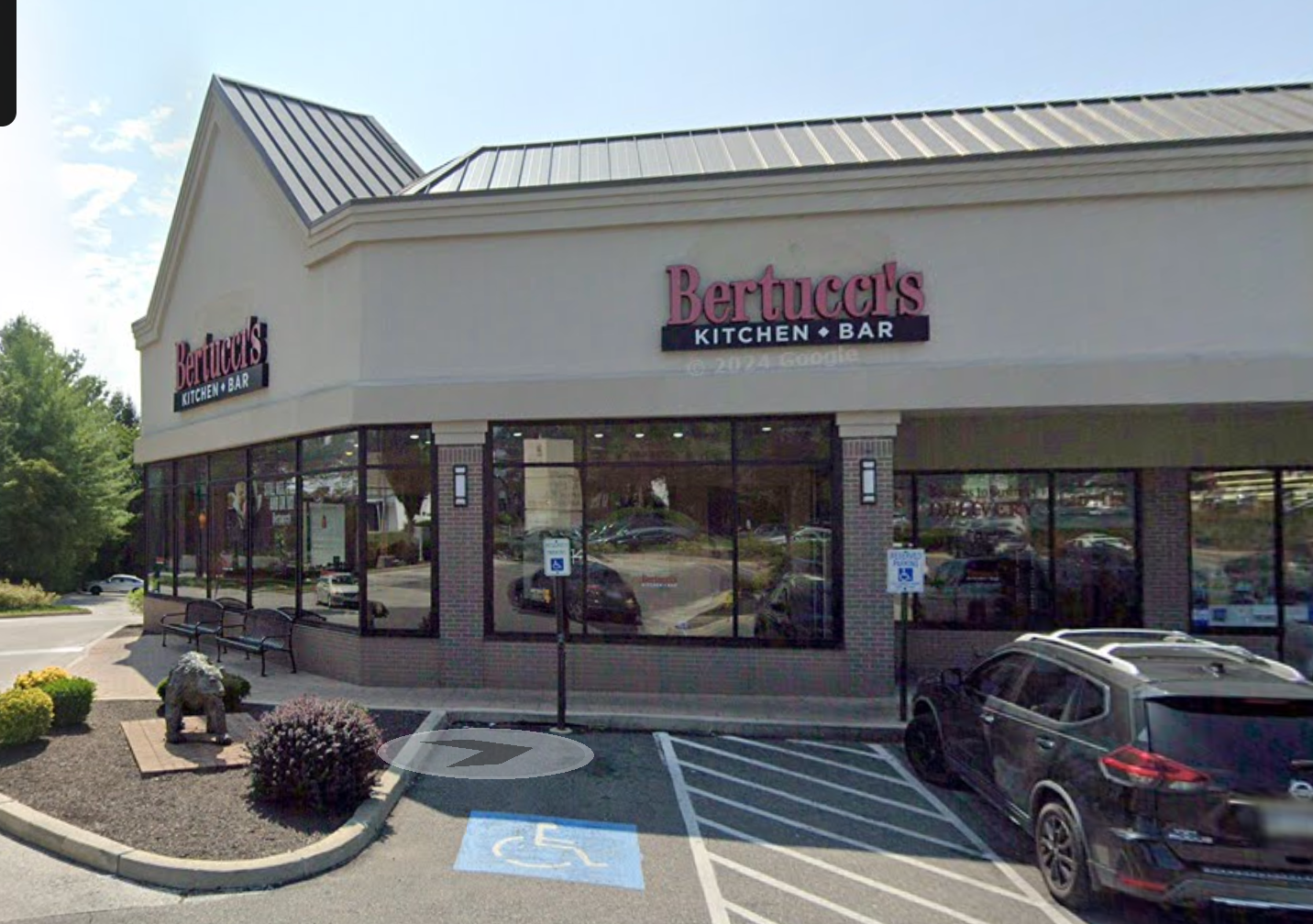
Screenshot: Google Maps
Italian restaurant chain Bertucci’s filed for Chapter 11 bankruptcy protection in April. Its issues started before the pandemic, making the April bankruptcy its third in 7 years. The company has more recently been struggling with declining interest in the brand and rising food and labor cost.
Bertucci’s said bankruptcy should give it room to “determine the best path forward and formulate an overall reorganizational plan,” according to Fox Business. It has more than halved its locations, but is hoping a fast-casual offshoot called Bertucci’s Pronto might be able to save it.
"With losses accumulating, inflationary pressures still high, and industry headwinds gusting, the proverbial final straw fell on [Bertucci's] this year as the world saw food costs soar, consumer spending slow, and an uncertain global economy falling in (and out) of decline,” it said in a filing.
5 / 8
23andMe

JasonDoiy / Getty Images
23andMe, which had a $6 billion valuation at the time of its 2021 IPO, declared bankruptcy in late March. The company then announced in May that it was being purchased by Regeneron Pharmaceuticals for $256 million, in a deal expected to be finalized in the third quarter of 2025. Declining sales of DNA test kits, increased competition, data privacy concerns, and loss of key partnership revenue were cited as reasons for its troubles.
After 23andMe declared bankruptcy, there were myriad concerns about users’ privacy, especially after a 2023 data breach affecting 6.9 million people. Its stock tumbled by 98% from 2021 to November 2024. It then halted work on new therapies, laid off hundreds of employees, and agreed to a $30 million settlement related to the breach. This April, the company was subjected to a Congressional investigation into the fate of its users’ sensitive information.
In June, 27 states and Washington, D.C. sued to stop 23andMe (ME) from selling customers’ personal information without their consent.
6 / 8
Forever 21
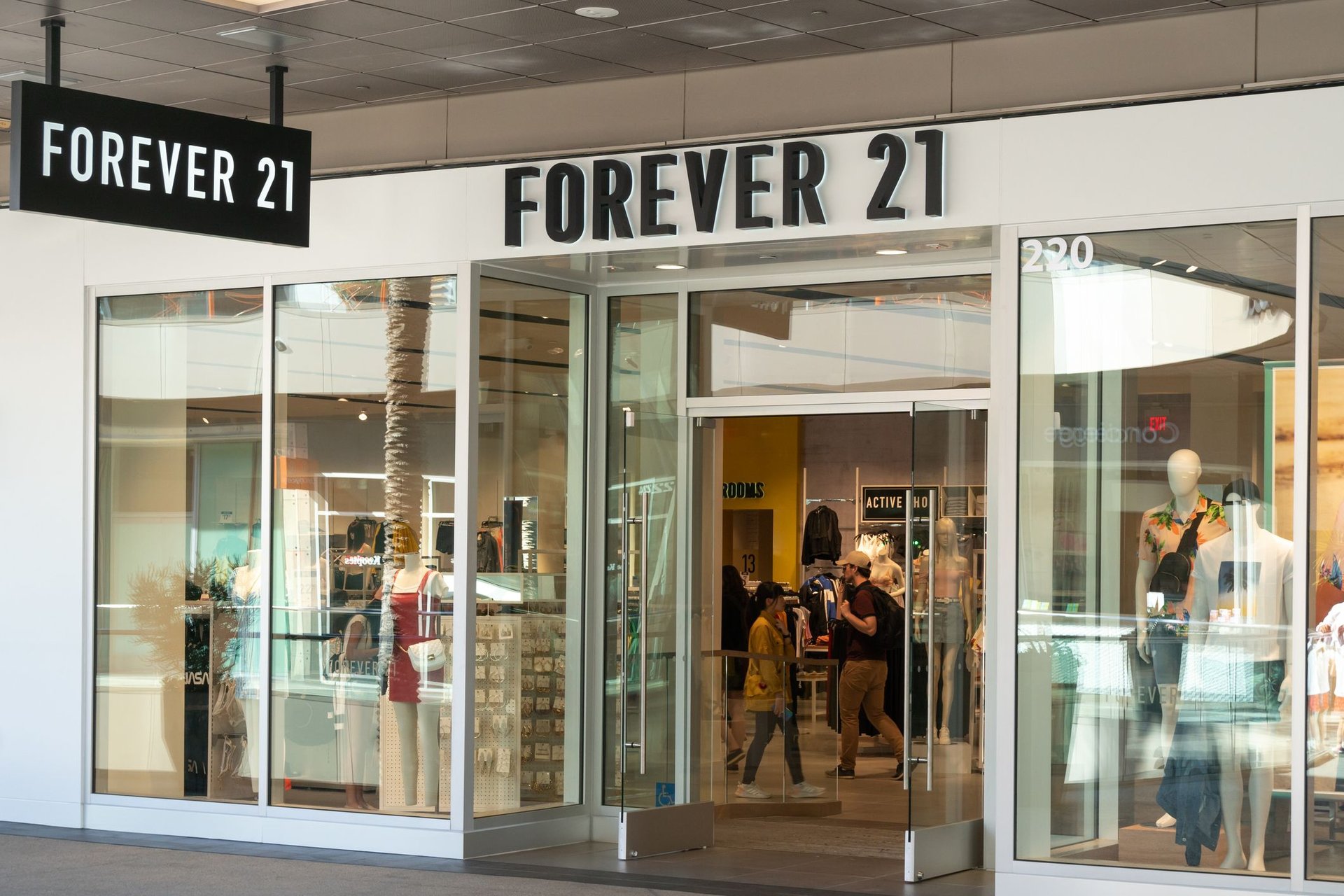
Wolterk / Getty Images
Once a pioneer in fast fashion, Forever 21 filed for Chapter 11 bankruptcy for the second time ever in March, citing competition from overseas retailers like Shein and Temu.
Brad Sell, chief financial officer of the company, said Forever 21 was “unable to find a sustainable path forward due to competition from foreign fast fashion brands, which have undercut pricing and margins through the de minimis exemption, as well as rising costs, economic challenges, and shifting consumer trends.”
It is expected to close all U.S. stores by the end of the year and is hoping to find a buyer, though one still hasn’t materialized.
Francisco Velasquez contributed to this article.
7 / 8
Hooters

Joe Raedle / Getty Images
Hooters filed for bankruptcy protection in March. Saddled with $376 million in debt, it plans to sell all restaurants owned by the company to a franchisee.
The company has blamed rising labor and food costs, changing dining preferences, and slower post-pandemic recovery in the sports-bar segment for its troubles.
It has continued to close restaurants since, including more than 30 in June that abruptly shuttered.
“After careful consideration of what is needed to best position our company for the future, Hooters made the difficult decision to close certain company-owned locations,” a company spokesperson told CNN.
Still, the bawdy chain insisted that it's “here to stay, and by optimizing our business in support of our long-term goals, Hooters will be well-positioned to continue our iconic legacy under a pure franchise business model.”
8 / 8
Joann
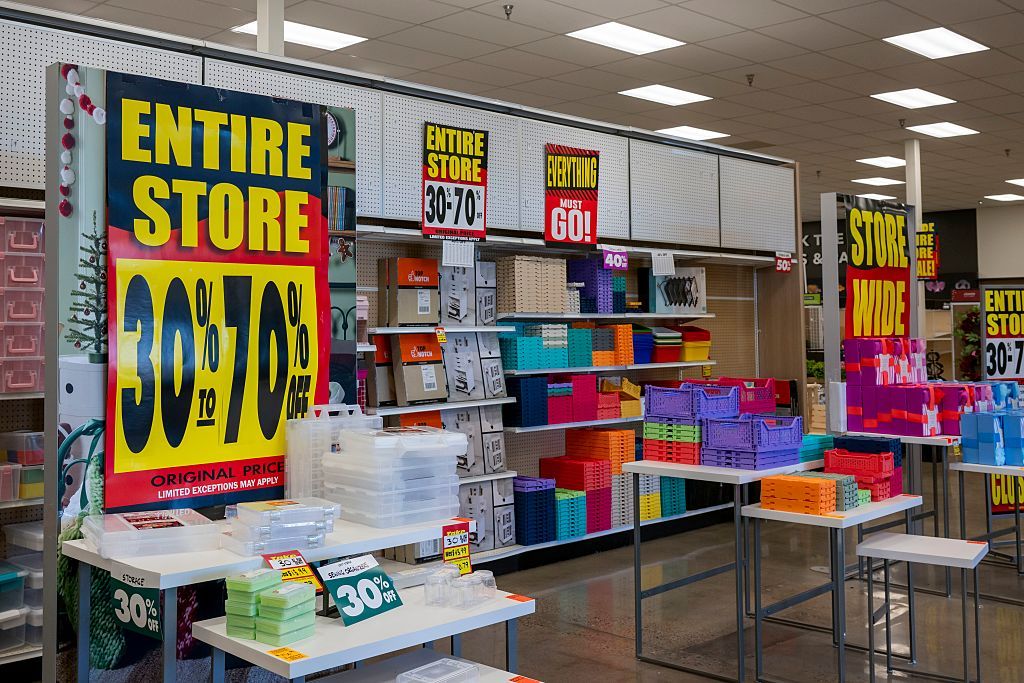
UCG / Getty Images
The arts and crafts retailer has filed for Chapter 11 bankruptcy twice within the span of one year, first in March 2024 and again in Jan. 2025.
Joann was affected by weak post-pandemic demand after the crafting boom faded, inflation hit discretionary spending hard, and high debt accumulated from a leveraged buyout.
In February it announced it would be closing all its stores by May. “This was a very difficult decision to make, given the major impact we know it will have on our Team Members, our customers and all of the communities we serve,” the company told the Associated Press.
